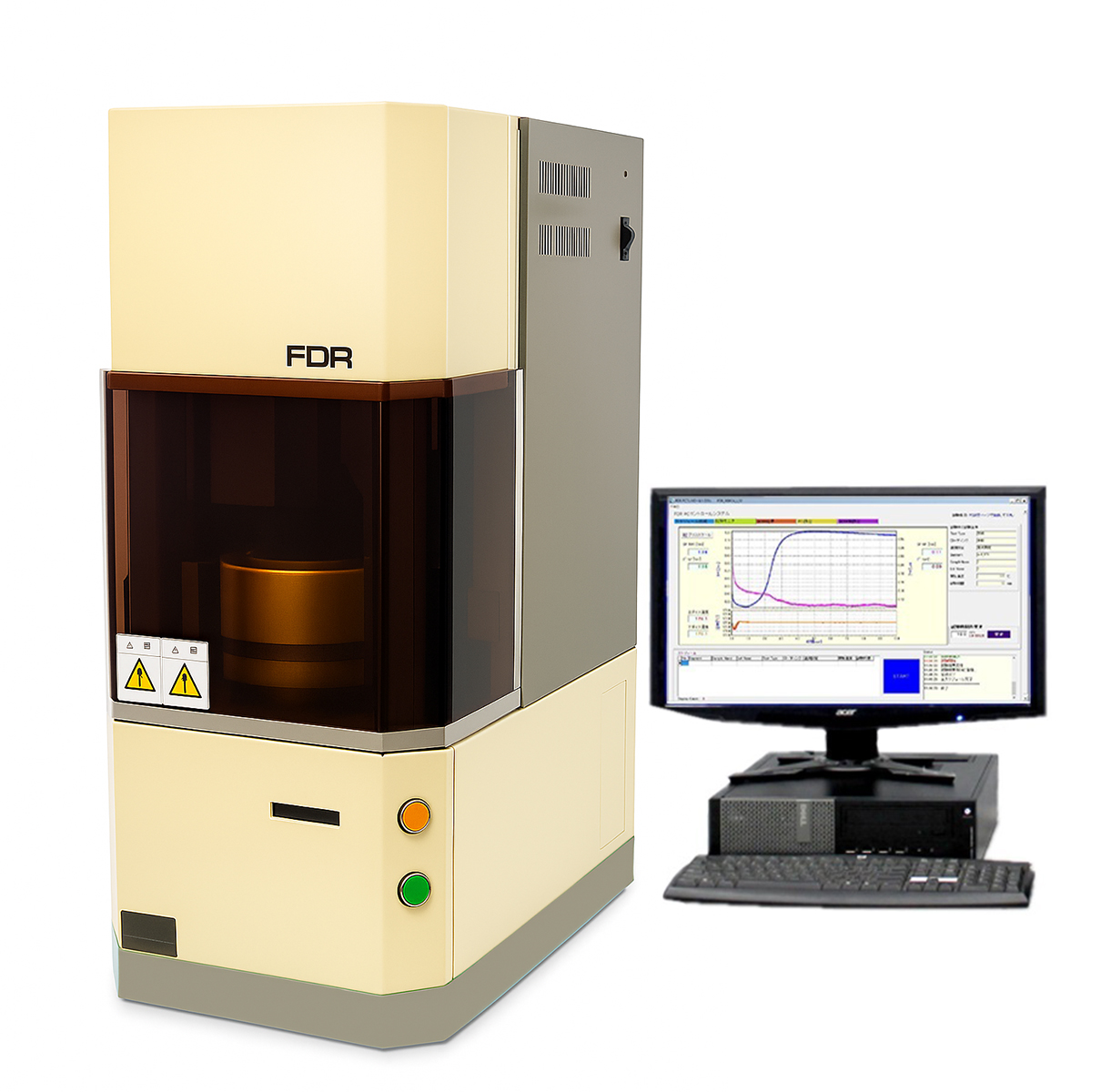Purpose
To determine the vulcanization characteristics of vulcanized or thermoplastic rubbers using a rotorless curemeter (MDR – Moving Die Rheometer).
Principle
• An unvulcanized rubber specimen is placed in a sealed test chamber.
• The upper die oscillates at a small amplitude while heating.
• The instrument records torque as a function of time, producing a vulcanization (cure) curve.
Key Parameters
• ML (Minimum torque): The lowest torque value, related to initial viscosity.
• MH (Maximum torque): The highest torque value, reflecting the stiffness after vulcanization.
• t_s2, t_s5 (Scorch time): The time required for torque to rise by 2 or 5 units above ML → indicates scorch safety.
• t_90 (Optimum cure time): The time required to reach 90% of MH → used to determine optimum curing time.
• The slope and shape of the cure curve reflect the curing rate and mechanism.
Applications
• Determination of curing characteristics of rubber compounds.
• Quality control in rubber production.
• Comparison of curing rate, scorch resistance, and cure level among different formulations.
Advantages
• Rotorless design → provides more repeatable and accurate results compared to rotor-type curemeters.
• Fast, reliable analysis standardized for the rubber industry.
In simple terms: ASTM D5289 specifies the use of MDR (Moving Die Rheometer) to determine the torque–time cure curve, thereby evaluating curing rate, scorch time, and vulcanization characteristics of rubber compounds.
